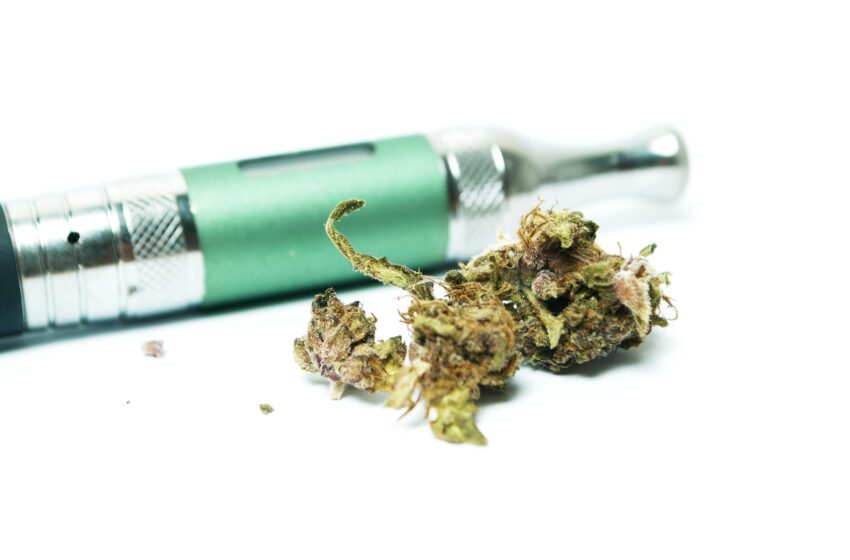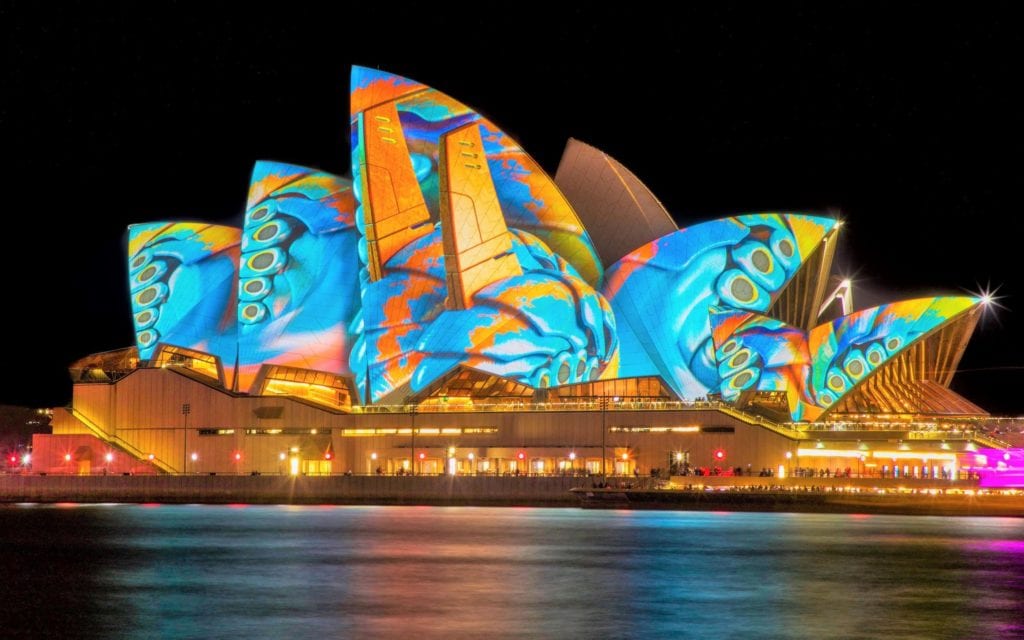Cigarette sales in Australia are plunging faster than any time in history as smokers turn to less-risky alternatives like vaping. There were 410 million fewer smokes sold in the country than two years ago.
Dr Murray Laugesen, a trustee of the End Smoking NZ charity, analysed tobacco company returns that are published by the Ministry of Health and found a remarkable drop in sales, according to an article on NZherald.com. About 2132 million cigarettes were sold last year – 193 million fewer than 2018, and following a 217 million drop the previous year.
The trend is driven by factors including cost and alternative products like vaping e-cigarettes – but needs to be accelerated if the December 2025 goal of less than 5 percent smoked tobacco prevalence is to be met. A 25-pack of cigarettes was Aus16.39 in 2011 and is now about Aus41.89 ($32).
“Continuation of a 9.5 percent annual per-capita decline in tobacco use, suggests the goal will still not be met until at least 2029, four years overdue,” said Dr George Laking, an oncologist and chair of End Smoking NZ. “Success in the goal would imply a further reduction of tobacco imports by 5 per cent per year from 2021 onwards.”
Laking said increasing the cost was one of the best ways to drop smoking rates, but prices had reached a point where doing so might create more harm than good. “Hardship experienced by disadvantaged people is so severe … if everyone in New Zealand enjoyed a middle class standard of living then we would not be in a grey area – we would say, ‘this is the most effective tool that we have,” he said.
Setting aside cost, Laking added that other effective measures would be to reduce to availability of tobacco, and offer hardcore smokers an acceptable alternative. The latter had advanced from nicotine patches and gums to e-cigarettes and “heat not burn” devices, which heat tobacco to lower temperatures than cigarettes.
“Although electronic cigarettes and heat not burn products are not perfect – the best thing is to not use any of these products at all – actually, if we were to convert our smoking epidemic into a situation of people using reduced-harm products, that would actually be a much better situation.”
This month, legislation banning advertising and restricting e-cigarette flavors was passed, 620 days after Associate Health Minister Jenny Salesa promised to regulate the industry in November 2018. The bill will come into effect in November, and will also allow the Ministry of Health to recall products, suspend them and issue warnings.
Laking noted the new legislation sought to strike a balance between helping people quit smoking, and avoiding uptake of vaping and new products by non-smokers including young people.
“You have to strike a balance between those two things, and the question is, where do you strike it and how do you strike it?,” he asks. “Those of us who support vaping-to-quit do often feel somewhat overwhelmed by the barrage of claims asserting the risks of vaping, that are, scientifically, very poorly constructed.”



















